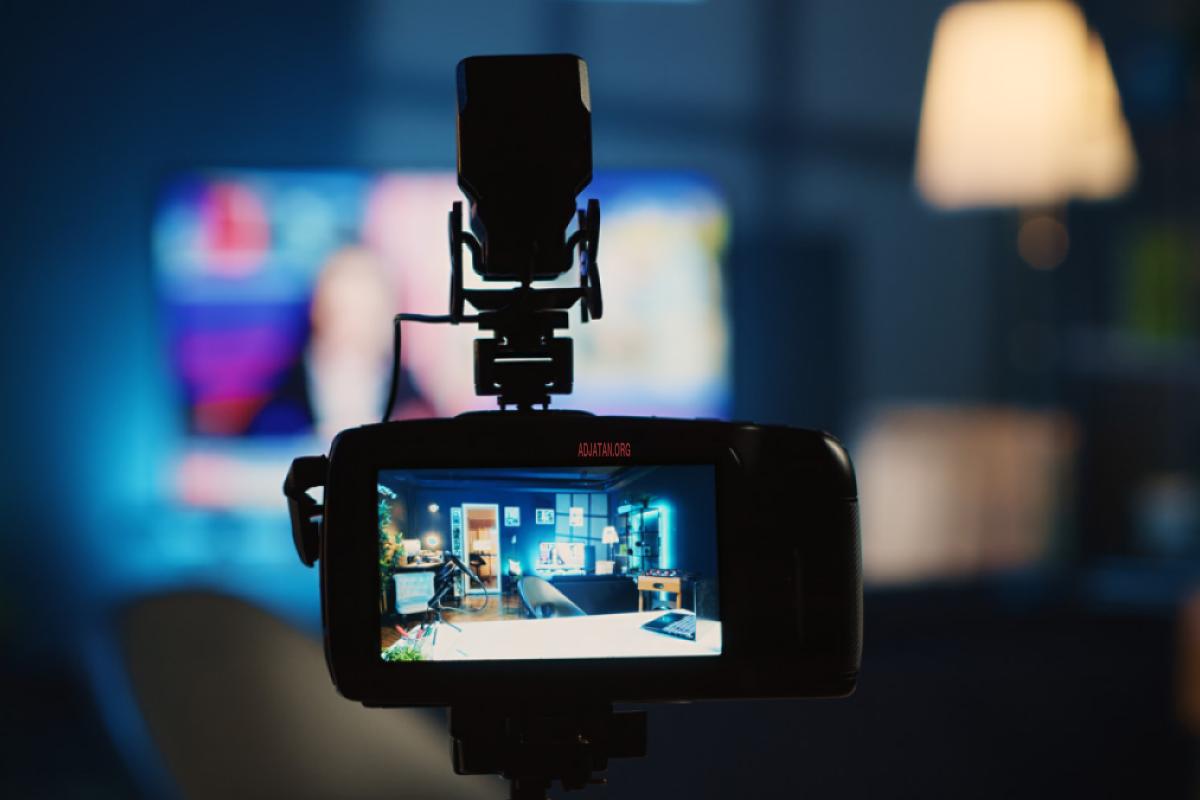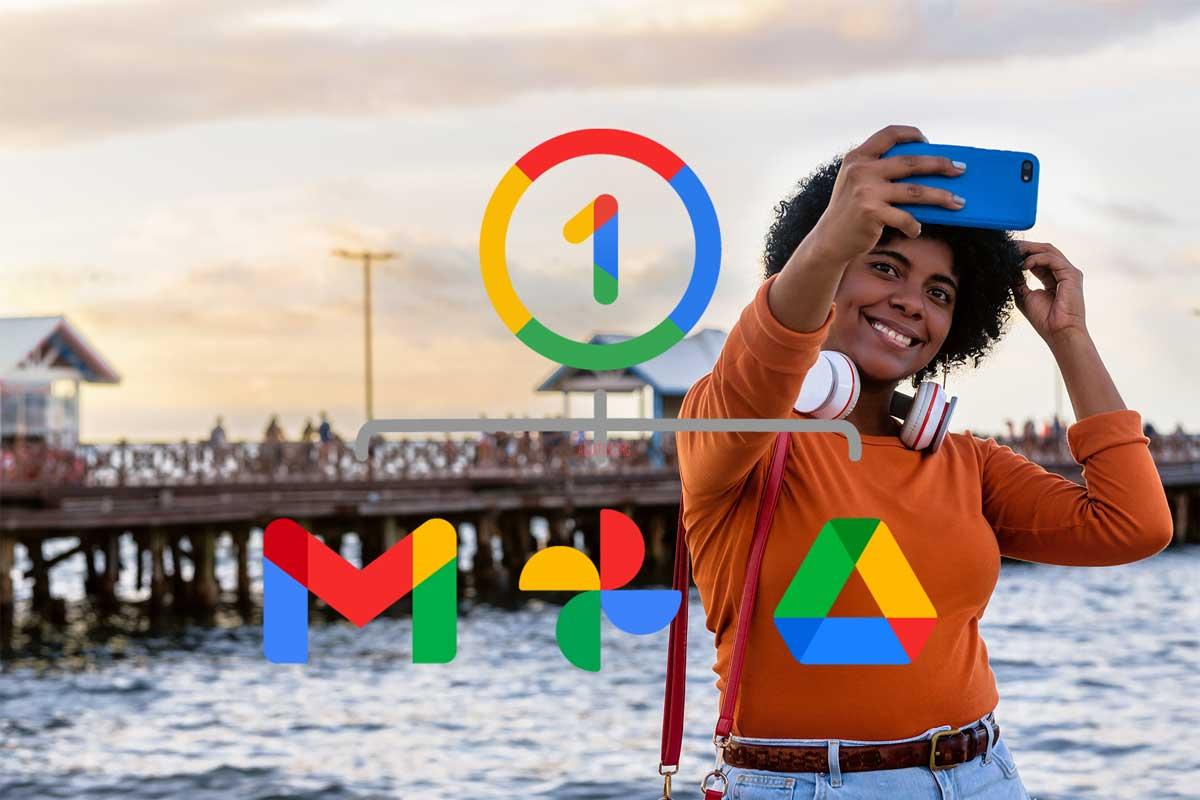
A Personal History of Digital Evolution
I first accessed the internet around 1997 when I was a student. This gateway to the digital world was made possible through the SYFED center of La Francophonie, and consisted simply of an email address accessible via a Netscape client. In those days, each connection was accompanied by the characteristic melody of the modem, a true entry ritual into what appeared to us as a universe of infinite possibilities.
Then came the first webmail services like Yahoo Mail, Dromadaire, Nomade, and Hotmail, revolutionizing our relationship with electronic correspondence. In nearly 30 years, our habits have undergone radical transformations. Today, our electronic communications have adopted hybrid modes with the use of @mentions inspired by social networks, #hashtags that find their way into our professional emails, and emojis that add nuance to our messages.
Email is no longer just a tool: it shapes our daily interactions, structures our workdays, and carries within it the implicit codes of our professional and personal relationships. This rapid evolution invites us to collectively rethink the rules governing our exchanges in this constantly evolving digital space.
In an era where digital space shapes our daily interactions, we must reflect on the evolution of the codes of conduct that govern our online exchanges. Netiquette, this set of tacit rules framing our digital communications, deserves to be re-examined and updated to meet the challenges of our time.
Digital Heritage: Foundation of Our Interactions
Certain fundamental principles remain timeless. Courtesy and mutual respect, cornerstones of human relationships for millennia, maintain their relevance in the digital universe. The measured use of capital letters, perceived as a form of aggression, the careful proofreading of our messages to avoid misunderstandings and approximations, as well as the protection of others' privacy are all practices that have proven their worth.
Conciseness, relevance, and source verification continue to define responsible and effective communication. These fundamentals cannot be questioned, even in the face of the technological upheavals we are experiencing.
New Paradigms of the Current Digital Era
However, our era brings its share of unprecedented challenges to which our netiquette must adapt.
The right to disconnect is now emerging as a necessity in the face of hyperconnectivity. Respecting others' rest times and not demanding immediate responses is today a matter of elementary courtesy. In a world where the boundaries between professional and personal life are blurring, this consideration becomes crucial.
Scheduling Email Sends
An exemplary practice is to schedule emails written outside working hours. Rather than sending a message at 11 PM, suggesting urgency or exerting implicit pressure, modern tools allow for deferred sending at appropriate professional hours. This feature, available on most email clients, demonstrates respect for the work-life balance of our correspondents and helps normalize reasonable expectations regarding responsiveness.
Generative artificial intelligence, now omnipresent, raises major ethical questions. Transparency regarding the origin of content – human or artificial – is becoming a new moral duty. At the same time, the use of automated moderation tools must be accompanied by human discernment to avoid algorithmic pitfalls.
The awareness of permanent digital footprints invites increased responsibility in our publications. Any content can now be archived, analyzed, and reused, sometimes outside its initial context. This reality calls for renewed caution.
The Art of Digital Signatures
The electronic signature, far from being a mere ornament, constitutes a significant element of our professional digital identity. Its use deserves particular attention.
Signatures in a Professional Context
In the professional environment, particularly with integrated solutions like Microsoft Outlook, signatures are often automatically inserted via the company profile. This centralization has the advantage of visual consistency but raises the question of redundancy. Manually adding a complete signature to each message in this context becomes superfluous, even counterproductive, creating an informational and visual overload.
For internal communications, a lightweight signature or the absence of a manual signature may be preferred when the information is already integrated into the profile. However, in external exchanges, a complete signature becomes essential to facilitate identification and means of contact.
Signatures on Mobile Devices
Automatic mentions such as "Sent from my iPhone" or "Sent from my Samsung Galaxy" deserve a critical reassessment. Appearing in the era of Palm One and early smartphones, these indications once served as an implicit excuse for concise messages or containing typographical errors, due to the technical limitations of the devices.
Today, with the widespread use of smartphones equipped with sophisticated correctors and optimized interfaces, these mentions are becoming obsolete and may even convey an outdated image. Customizing these automatic signatures now constitutes a mark of attention and professionalism, reflecting mastery of our digital tools.
Typography and Readability: Aesthetics in Service of Clarity
The choice of fonts and colors in our digital communications is not trivial. It directly influences the perception of the message and can facilitate or, conversely, hinder its reception.
Fonts and Readability
Some fancy fonts, though seductive at first glance, seriously compromise readability. Cursive or excessively ornamental fonts (Comic Sans MS, Papyrus, Bradley Hand) should be avoided in professional communications. Favoring moderately seriffed fonts (Calibri, Arial, Times New Roman) ensures better accessibility and demonstrates respect for the reader's reading comfort.
Color Harmonization
Using colors to highlight certain elements can enhance the effectiveness of a message, but requires discernment and moderation. Low-contrast combinations (light blue on white background, grey on beige background) complicate reading, particularly for people with visual impairments.
The phenomenon is exacerbated by the proliferation of display modes (day/night) on modern devices. A perfectly readable text in day mode can become illegible in night mode, and vice versa. Favoring high-contrast combinations and limiting the color palette constitutes a respectful and inclusive practice.
Contextual Communication and Appropriate Escalation
The transition between different communication contexts requires particular vigilance regarding the tone and content shared.
Integrated Responses versus Structured Responses
The practice of responding directly in the body of the original message ("see my responses in color below") deserves critical examination. While this method may seem efficient for short and simple exchanges, it presents several major disadvantages when conversations lengthen:
- It progressively alters the integrity of the initial message, sometimes making it difficult to distinguish the original content from multiple responses.
- The accumulation of different colors (blue, red, green...) complicates reading, particularly for people with color blindness.
- Color formatting can disappear or transform when transferred between different email clients.
- The conversation history becomes chaotic and difficult to follow when multiple levels of responses intertwine.
A more respectful practice consists of specifically quoting the questions or points one wishes to respond to, clearly delimiting them (with quotation marks or distinct formatting), followed by one's own response. This method preserves the integrity of the original message while maintaining the contextual clarity of the responses.
For complex messages containing numerous points, a structured response with explicit numbering facilitates following the exchanges and significantly improves readability for all participants.
From Bilateral to Collective: The Question of Forwarding
When a conversation initially private between two people is expanded to a larger group, the question of message history arises acutely. Fully preserving informal or familiar exchanges can create discomfort or reveal inappropriate information in a new context.
A respectful practice consists of synthesizing previous exchanges rather than forwarding them as is, or requesting explicit permission before including previous conversations in a new configuration. This approach preserves the contextual integrity of communications and demonstrates sensitivity to relational nuances.
The Subject Line: The Digital First Impression
The subject of an email constitutes its business card and often determines its processing priority. Its strategic importance is frequently underestimated.
Precision and Conciseness
A vague subject such as "Information" or "Question" allows neither efficient prioritization nor subsequent search in a cluttered inbox. Conversely, a precise and concise subject such as "Q2 Budget Meeting - Confirmation of 05/15 date" offers immediate contextualization and facilitates intelligent archiving.
The exemplary practice consists of formulating a subject that clearly identifies the topic while remaining sufficiently concise to be fully visible on mobile devices. This balance between precision and brevity demonstrates consideration for the recipient's time and organization.
Responsible Management of Recipients
The way we address our messages can have considerable repercussions on communicational effectiveness and confidentiality.
Judicious Use of the Bcc Field
The Blind Carbon Copy (Bcc) field constitutes a valuable tool for preserving the confidentiality of multiple recipients and avoiding non-relevant cascade responses. Particularly recommended for widespread communications where recipients don't necessarily need to know the identity of other recipients, this field also prevents automatic "Reply All" responses that unnecessarily congest inboxes.
However, ethical use of Bcc implies transparency regarding the nature of the distribution, for example by mentioning in the message body that it is addressed to a group of recipients.
Mentions and Targeted Solicitations
In group communications, the use of mentions (@name) raises questions of etiquette and hierarchy. While this practice allows drawing the attention of a specific recipient, it can also be perceived as intrusive or authoritarian depending on the context.
A consistent approach consists of using these mentions sparingly and applying them uniformly, regardless of the hierarchical position of the recipients. Equal treatment in our communications reflects a respectful and equitable organizational culture.
Mixed Reality and New Interaction Spaces
The emergence of mixed reality environments – merging physical and virtual worlds – generates new social codes that deserve our attention. How to behave in these hybrid spaces? What distances to respect? What avatar norms to adopt? These questions, still emerging today, will require collective and nuanced answers.
Intellectual property acquires a new dimension in the era of synthetic content and AI-assisted creations. Recognizing and respecting the work of digital creators becomes a moral imperative, even when the boundaries of creation blur.
Towards Inclusive and Responsible Communication
Digital accessibility is no longer an option but an ethical requirement. Adding subtitles to audiovisual content, alternative descriptions to images, or using formats compatible with assistance technologies reflects our commitment to an inclusive digital society.
Digital sobriety also asserts itself as an essential principle of contemporary netiquette. Limiting voluminous attachments, favoring text over video when sufficient, and optimizing our content help reduce our collective environmental footprint.
Vigilance Against Emerging Risks
The proliferation of deepfakes and deceptive synthetic content imposes increased vigilance. Verifying the authenticity of information before sharing it becomes a civic duty. The ability to distinguish true from false now constitutes a fundamental social skill.
To wrap up...
Contemporary netiquette is built on a delicate balance between enduring values and necessary adaptations. It reflects our collective ability to humanize technologies rather than let ourselves be dehumanized by them.
The rules we adopt today will shape the digital culture of tomorrow. Let us ensure they embody our noblest aspirations: respect, inclusion, responsibility, and discernment. For ultimately, the quality of our digital space depends less on the algorithms we program than on the values we choose to perpetuate and reinvent.
Recap of Essential Principles of Modern Netiquette
Respect for Time and Attention
- Schedule email sending during working hours
- Formulate precise and informative subjects
- Respect the right to disconnect
- Limit the use of mentions (@) to necessary situations
Presentation and Readability
- Favor readable and professional fonts
- Ensure sufficient contrast between text and background
- Customize automatic signatures
- Avoid fancy or too numerous colors
Confidentiality and Integrity
- Use the Bcc field for large groups
- Ask permission before forwarding conversations
- Preserve the integrity of original messages
- Avoid non-essential reply-all responses
Response Structure
- Quote questions rather than responding in the text
- Organize responses by numbered points
- Avoid stacking colors in discussion threads
- Preserve readability during multiple exchanges
Digital Vigilance
- Verify content authenticity before sharing
- Be transparent about content origin (AI)
- Be aware of the permanence of digital traces
- Exercise discernment with synthetic content
Sobriety and Inclusion
- Optimize attachment size
- Favor accessible formats
- Add alternative descriptions to images
- Test readability in day/night modes





